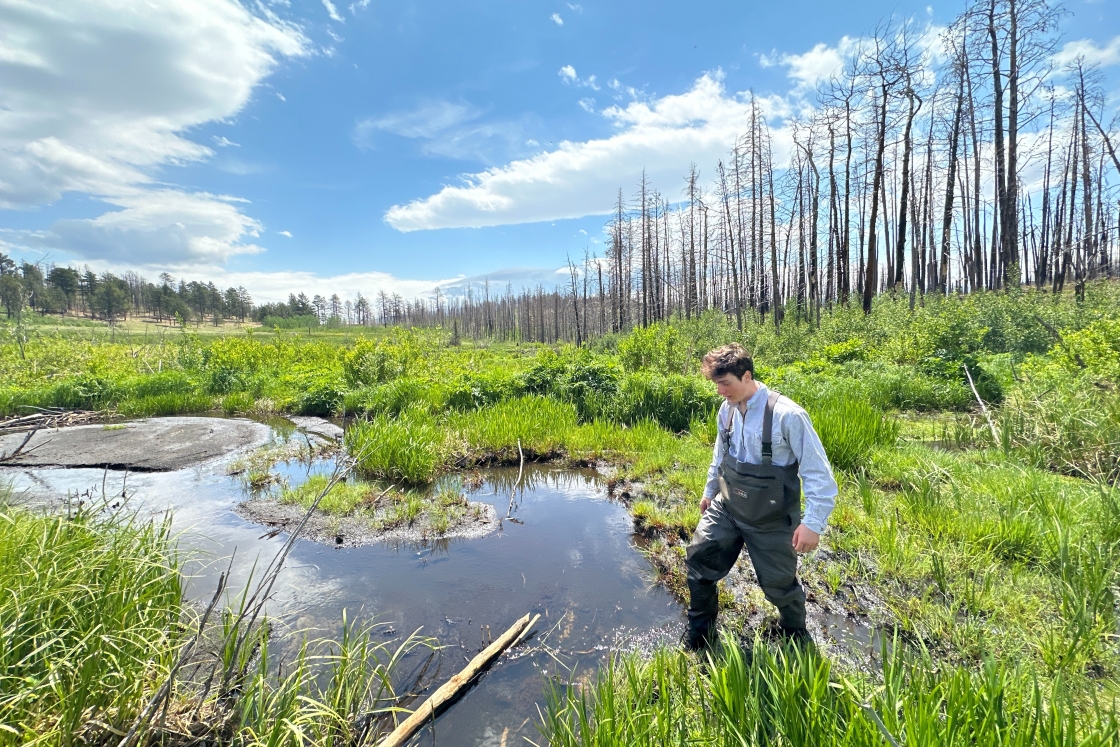
The two missions seek to determine whether the radiation goes up or down when it escapes the belts. The particles do not make their way to Earth, and thus do not pose a danger to humans, writes NASA, but the highly charged particles can damage the electronics on spacecraft.
“We have daily phone calls from Antarctica with the (NASA) team to coordinate,” says Robyn Millan, associate professor of physics and astronomy and the principal investigator for Dartmouth’s project. “We look at where their spacecraft are relative to the balloons, and make decision about what data to download from the spacecraft to compare to our data.”
Read the full story, published 2/4/13 on NASA’s website.
